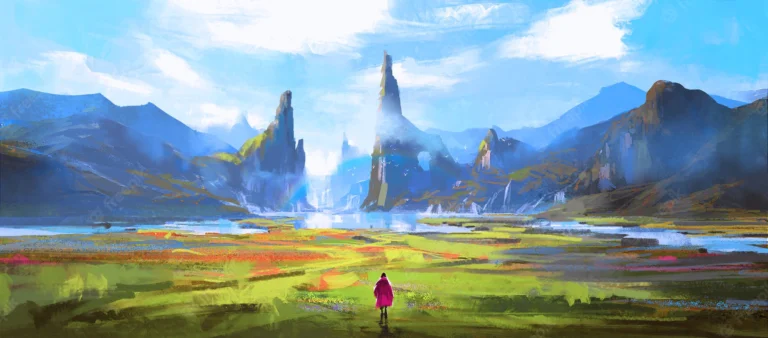Introduction: Art
Art is not just a collection of works or a mere representation of creativity; it’s a mirror reflecting the evolution of human consciousness, society, and culture. From the prehistoric cave paintings of Lascaux to the intricate digital art of the 21st century, art has been a constant yet ever-evolving aspect of human existence. This article embarks on a journey through the annals of art, exploring its various forms, the impact of technology, and its profound influence on society.
The Dawn of Artistic Expression
The story of art begins in the cavernous depths of prehistory, where early humans etched their existence onto walls through simple yet profound cave paintings. These primal expressions, found in sites like Lascaux and Chauvet, represent humanity’s earliest attempts to interpret and document the world around them. As civilizations advanced, so did their artistic techniques. Ancient Egypt’s hieroglyphs, Greek sculptures, and Roman frescoes are testament to this growth, showcasing not just aesthetic beauty but also serving as historical documents that offer a glimpse into the past.
The Renaissance: A Turning Point in Art
The Renaissance period marked a significant turning point in the history of art. This era, flourishing primarily in Italy, saw the rebirth of classical antiquity, emphasizing humanism, realism, and scientific accuracy. Artists like Leonardo da Vinci, Michelangelo, and Raphael transformed the landscape of art, introducing perspectives and anatomical precision previously unseen. Their works didn’t just depict life; they breathed life into art.
Modern Art: Breaking Traditional Boundaries
The advent of Modern Art in the late 19th and early 20th centuries marked a radical departure from traditional forms. Impressionism, led by artists like Claude Monet and Pierre-Auguste Renoir, broke away from detailed realism, focusing instead on the perception of light and color. This period also saw the rise of various art movements such as Cubism, Surrealism, and Abstract Expressionism, each challenging and redefining the very notion of art.
Digital Age: Technology Meets Creativity
With the digital age, art has transcended physical boundaries, embracing technology to create new forms and experiences. Digital art, 3D printing, and virtual reality have not only expanded the tools available to artists but also the ways in which audiences interact with art. Today, one can experience art in ways previously unimaginable, from immersive digital installations to virtual galleries.
Art’s Influence on Society
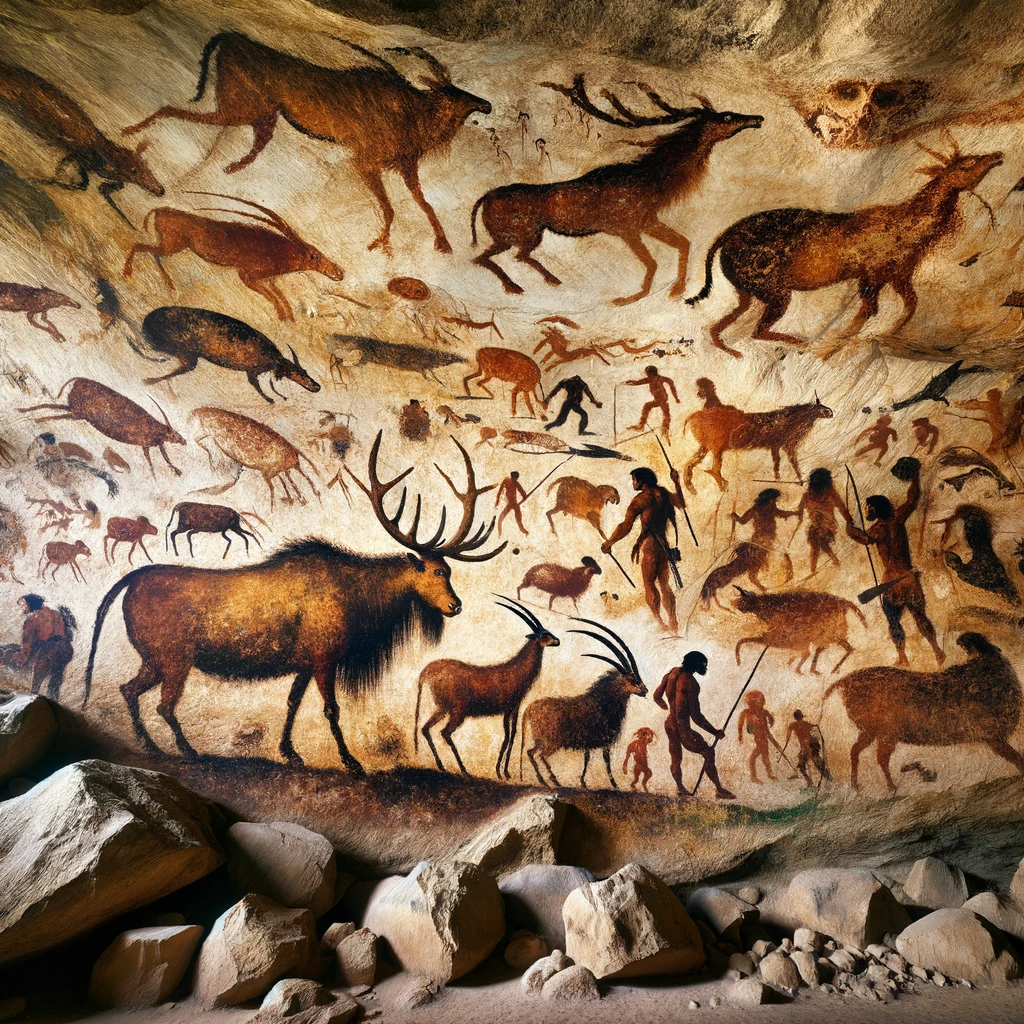
The Transformative Power of Art: A Visual and Written Exploration
Introduction
Art is a universal language that transcends time and space, offering a unique lens through which we can view history, culture, and personal expression. It’s a dynamic force that has evolved from ancient cave paintings to digital masterpieces, influencing and reflecting society’s changes. This article delves deeper into the world of art, exploring its varied forms, historical significance, and the interplay between art and technology, complemented by visuals that bring these concepts to life.
The Ancient Roots of Art
Humanity’s artistic journey began thousands of years ago, with the earliest forms of art being cave paintings, such as those in Lascaux, France. These primitive yet profound creations are not just art; they’re the first chapters in the story of human creativity.

Classical and Medieval Art
As civilizations grew, art became more sophisticated. Ancient Egypt’s art, with its hieroglyphics and tomb paintings, served both religious and decorative purposes. Greek and Roman art further advanced realism, with sculptures and architecture that remain marvels to this day.

The Renaissance: A New Dawn
The Renaissance was a period of extraordinary artistic and cultural rebirth. It was marked by a renewed interest in the classical ideals of beauty, symmetry, and proportion. Artists like Leonardo da Vinci and Michelangelo pushed the boundaries of art, creating works that continue to awe.

Impressionism and Modern Art
Moving into the 19th and 20th centuries, art witnessed a revolution. Impressionism, with artists like Monet and Renoir, brought a new perspective to light and color. This period also gave rise to various avant-garde movements such as Cubism and Surrealism, challenging traditional notions of art.

The Digital Revolution in Art
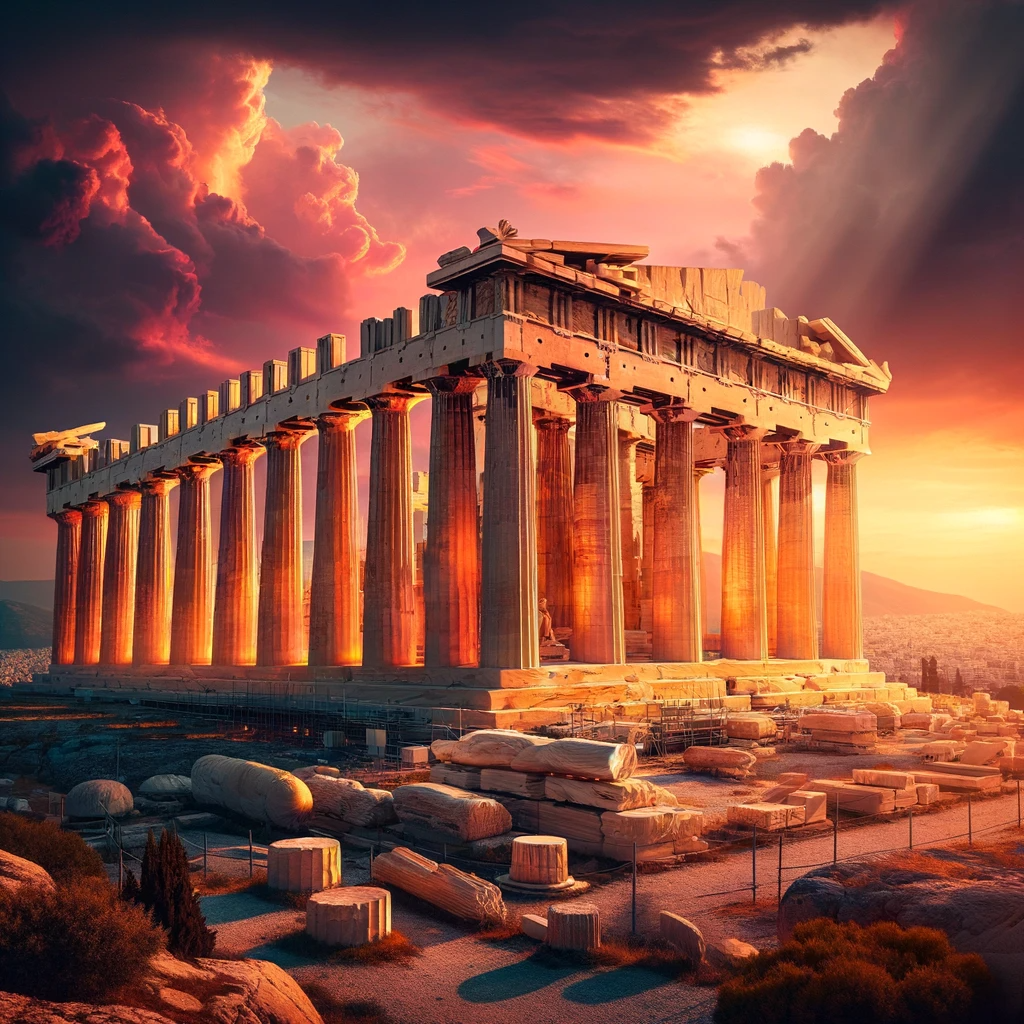
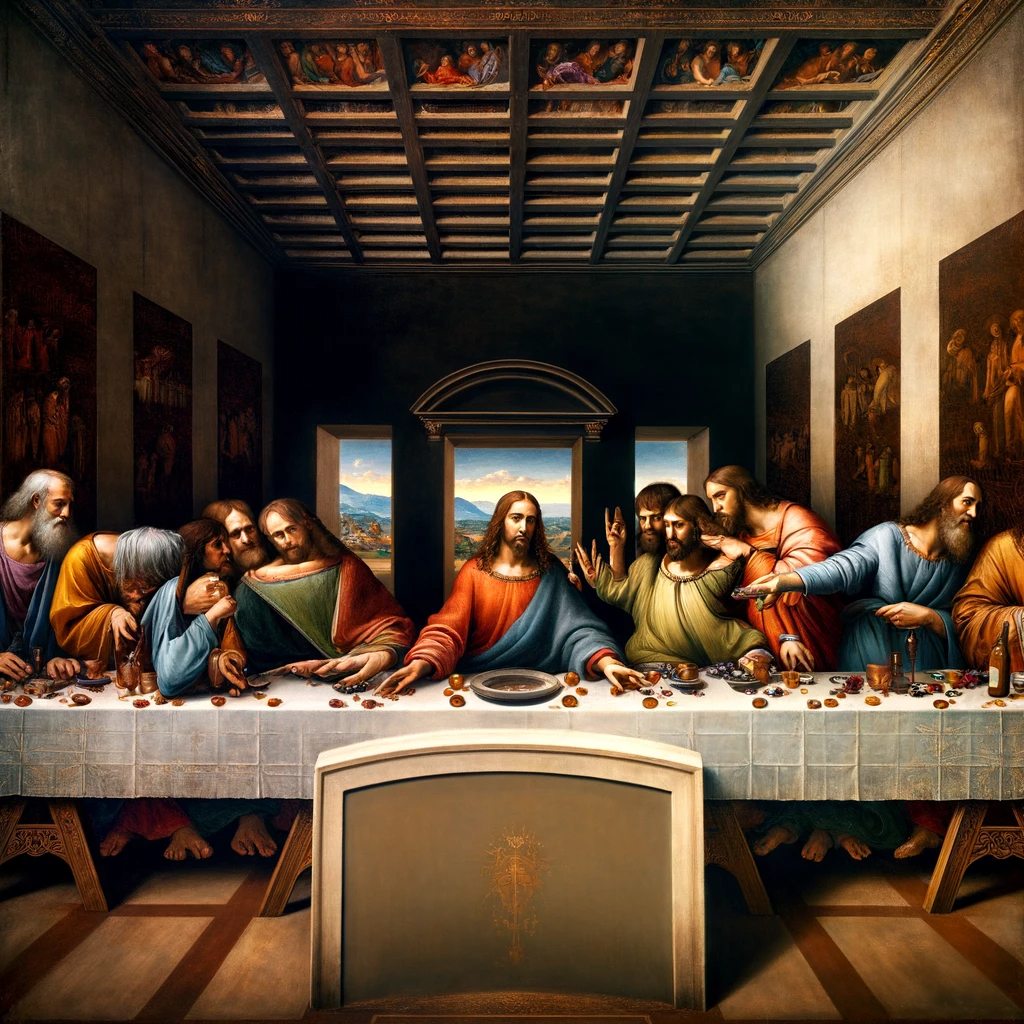
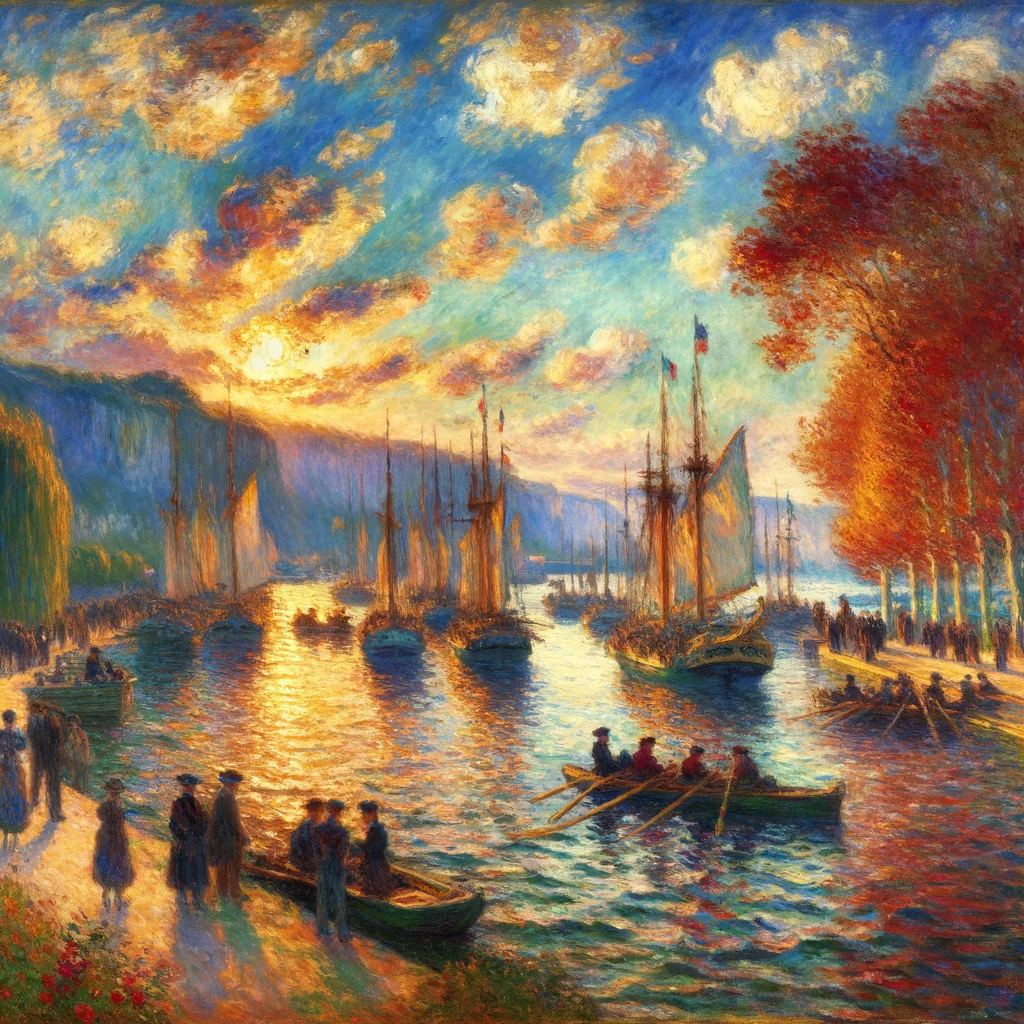
Today, digital technology has opened up new frontiers in art. Digital art, VR installations, and interactive exhibits have changed how we create and experience art. This fusion of technology and creativity has given birth to a whole new realm of artistic expression.
![A digital art installation showcasing interactive light and sound]
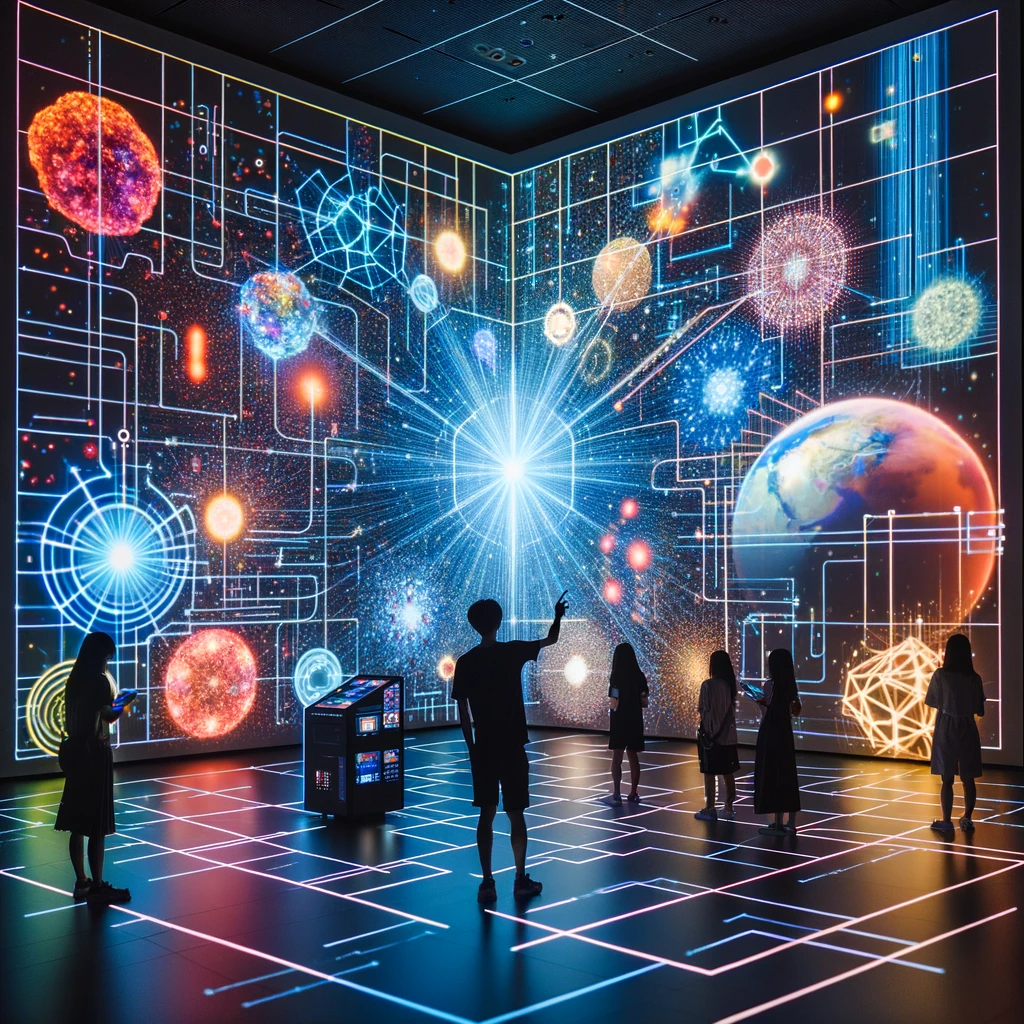
Art as a Mirror and Catalyst for Society
Throughout its history, art has not just mirrored society but also acted as a catalyst for social and political change. It’s a powerful medium for expressing ideas, challenging norms, and inspiring movements.

Conclusion
Art’s journey is ongoing and ever-evolving. From the ancient caves to the digital canvas, it continues to shape and be shaped by the human experience. Its power lies in its ability to reflect our world, challenge our perceptions, and inspire our dreams.

In this visual and written exploration, we see that art is not just a part of history; it is a dynamic, transformative force that continues to evolve and influence every aspect of human life.

